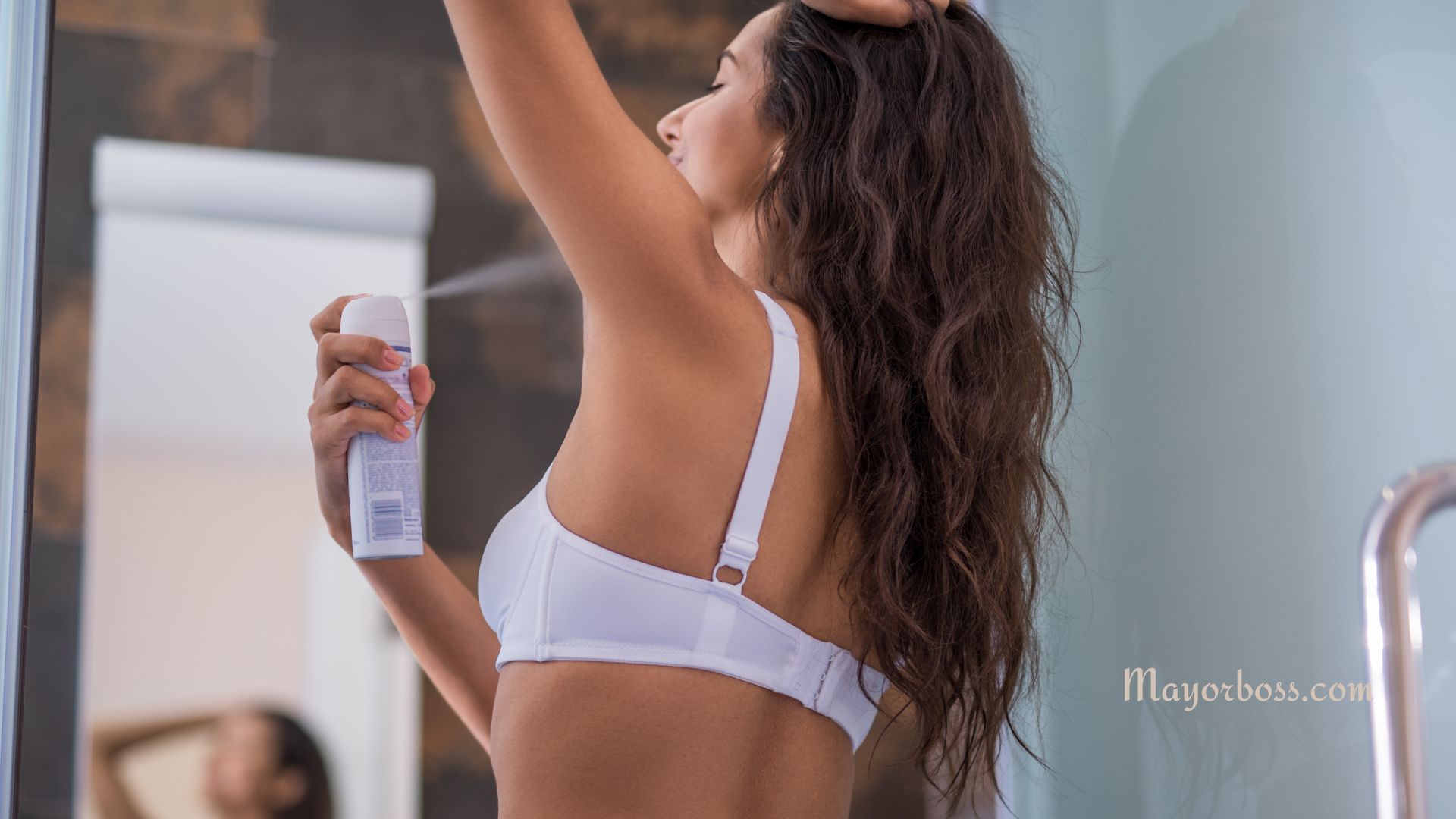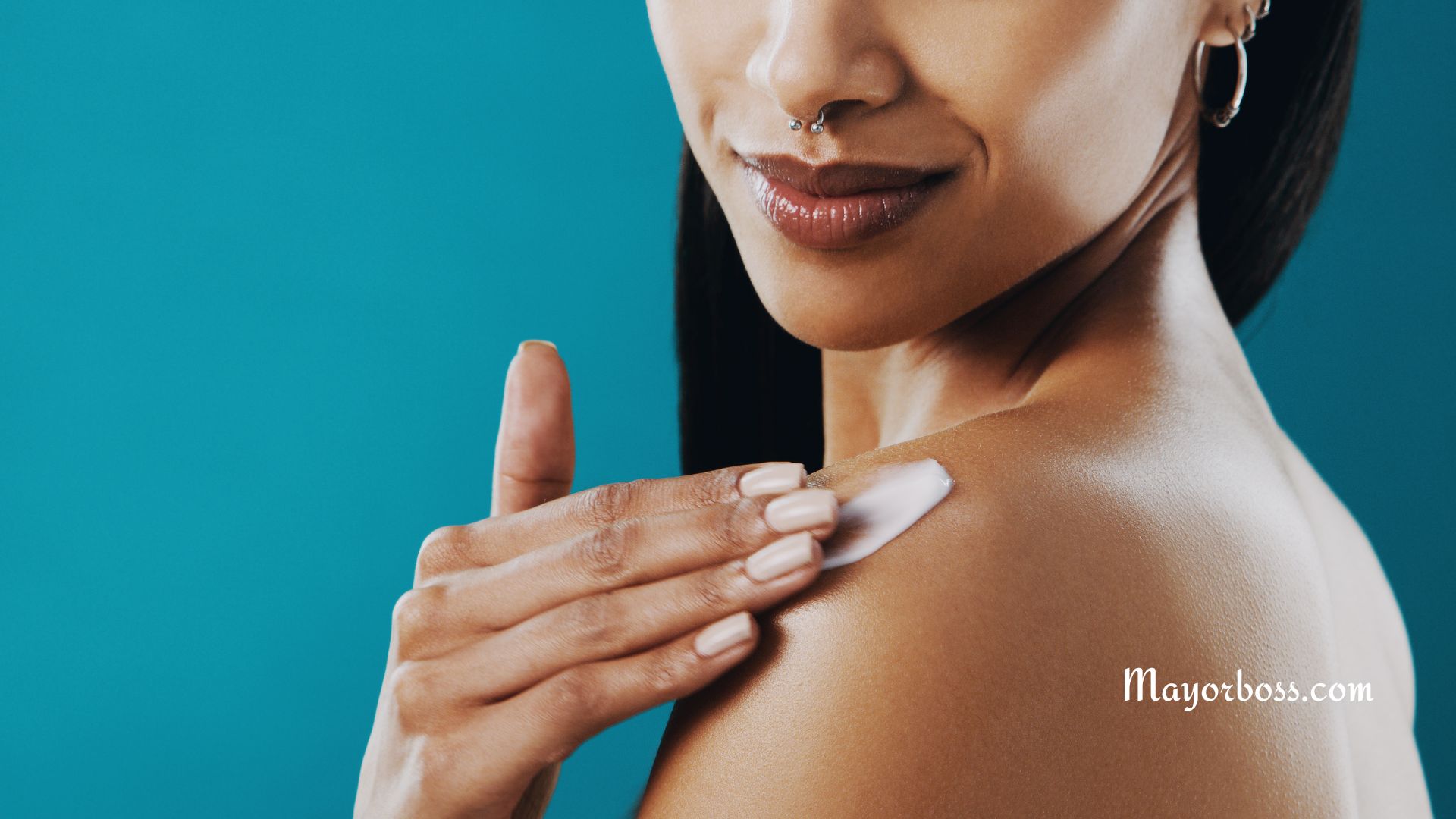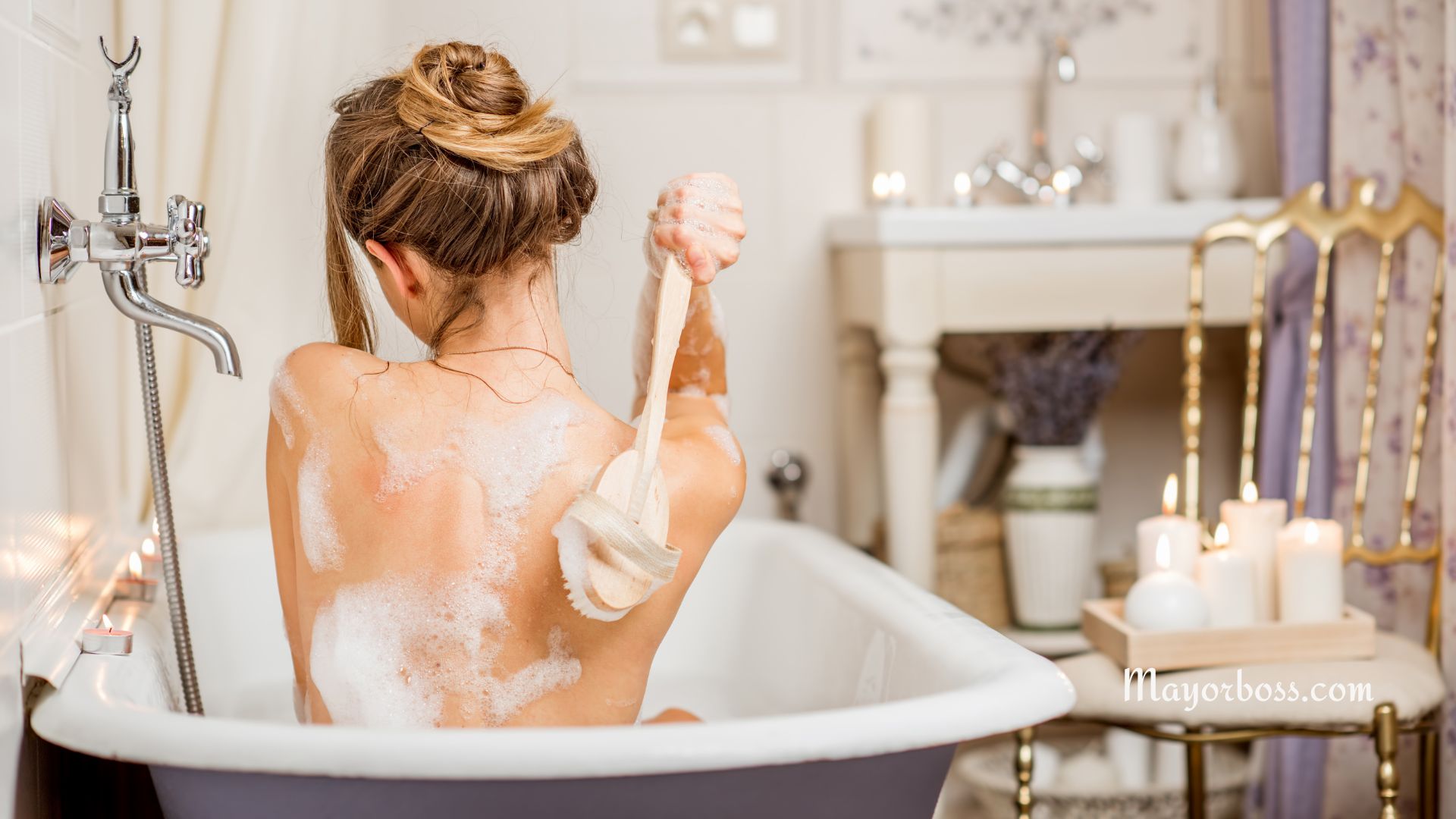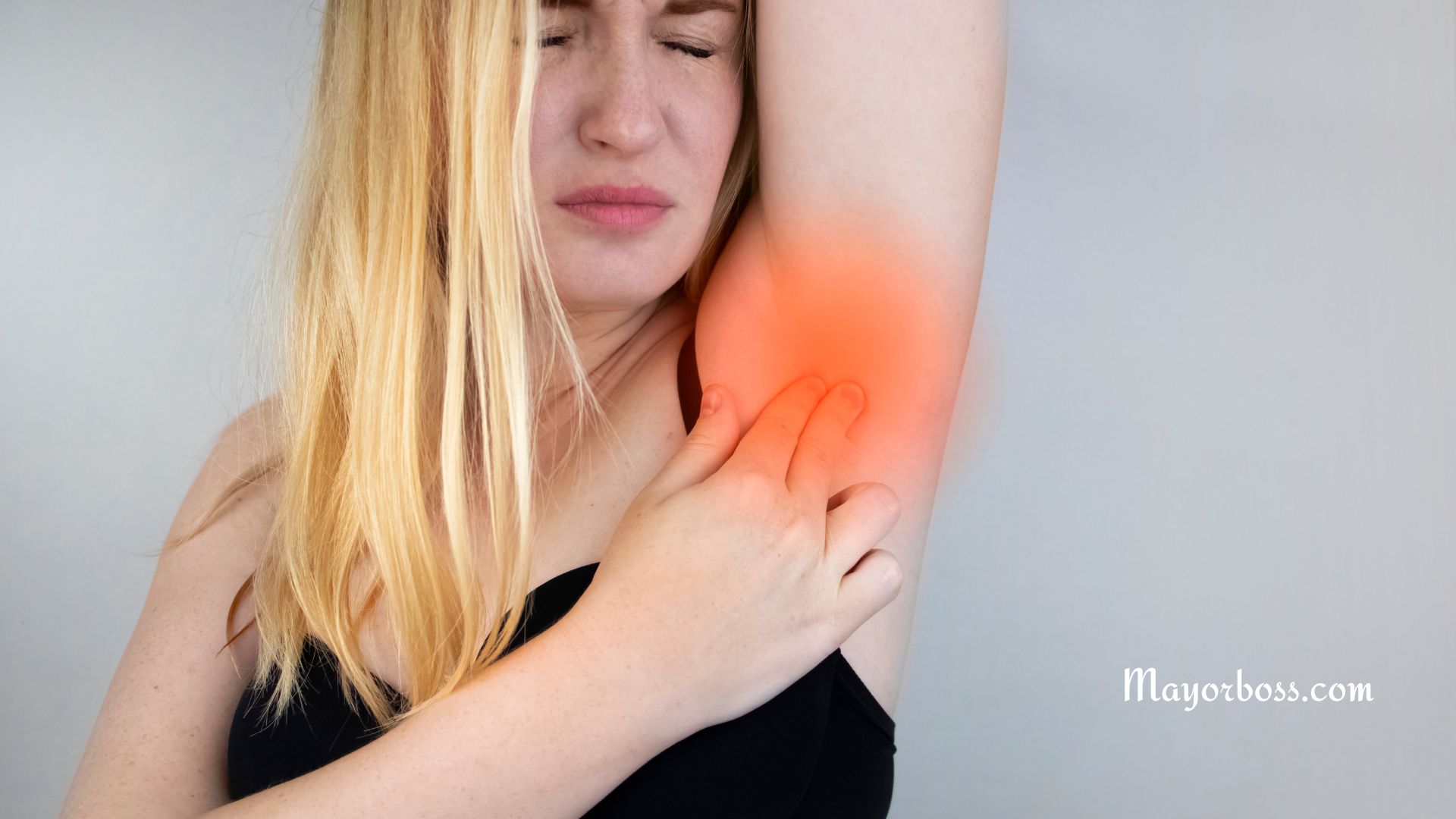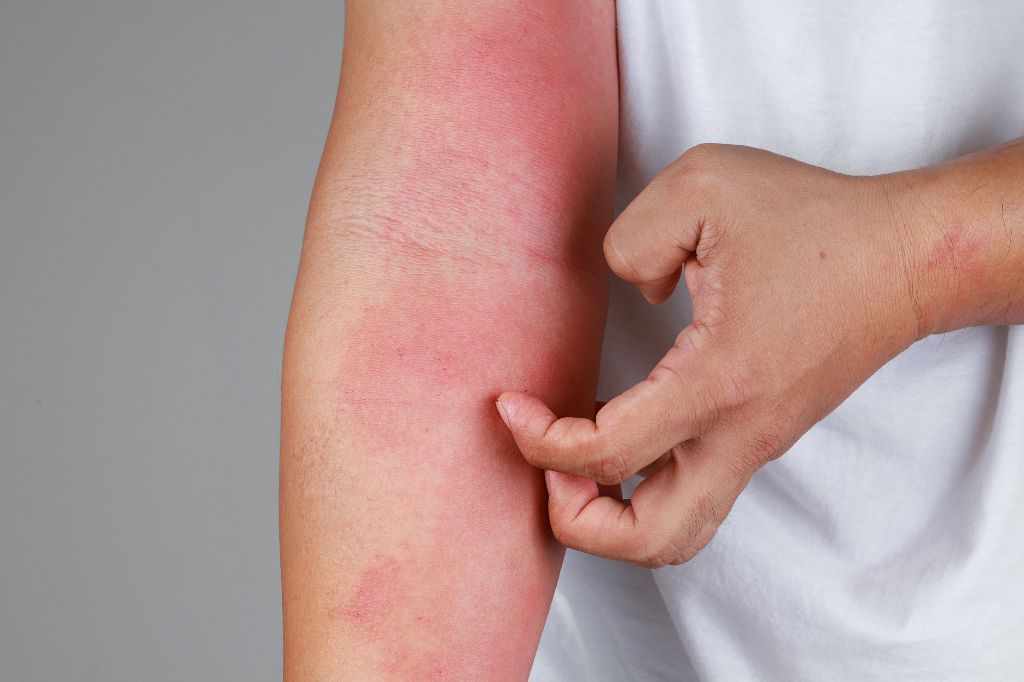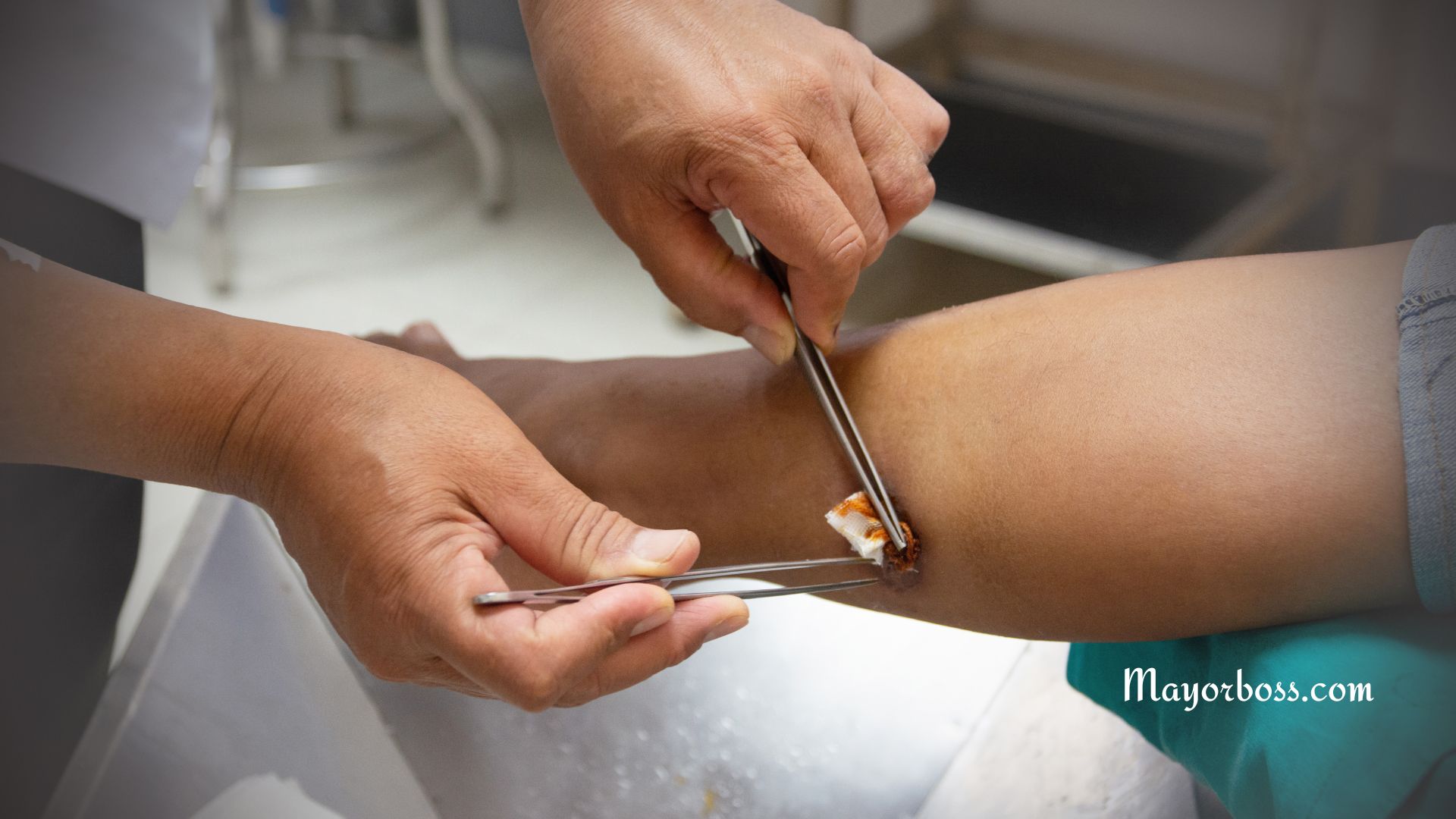How to Treat a Minor Burn at Home
Burns can happen anytime, anywhere, and to anyone. They can be caused by hot liquids, steam, fire, sunburn, or contact with hot objects. While severe burns require immediate medical attention, minor burns can often be treated at home. In this blog post, I will explain how to treat a minor burn at home.
First Things First: Assess the Severity of the Burn
Before treating a burn, it’s essential to assess the severity of the burn. Minor burns are typically first-degree burns that affect only the top layer of the skin, causing redness, swelling, and pain. Second-degree burns, on the other hand, affect deeper layers of the skin and cause blisters, swelling, and pain. Third-degree burns are the most severe and require immediate medical attention.
If you’re not sure if your burn is minor, it’s best to seek medical attention. However, if you’re confident that your burn is minor, you can begin treating it at home.
How to Treat a Minor Burn at Home
Cool the Burn
The first step in treating a minor burn is to cool the burn. Run cool (not cold) water over the burned area for 10-15 minutes or until the pain subsides. Avoid using ice, as it can cause further damage to the skin. You can also place a cool, damp cloth on the burn to ease the pain and reduce swelling.
Avoid using butter, oil, or any other greasy substance on the burn, as it can trap heat and cause more damage.
Protect the Burn
Once you’ve cooled the burn, it’s essential to protect it from further injury. The American Academy of Dermatology (AAD) recommends applying a thin layer of petroleum jelly to the burn two to three times daily until the burn has healed. This helps keep the affected area moist, which can help promote healing. The AAD also advises you should avoid ointments or toothpaste to burn.
If blisters form, avoid popping them, as this can increase the risk of infection. Instead, cover the burn with a sterile, non-adhesive bandage.
Manage Pain and Swelling
Minor burns can be painful and cause swelling. You can manage pain and swelling by taking over-the-counter pain relievers such as acetaminophen or ibuprofen. You can also apply an over-the-counter burn ointment (Neosporin, Polysporin, or petroleum jelly) to the burn to help soothe the pain and reduce inflammation.
Keep an Eye on the Burn
It’s essential to keep an eye on the burn and watch for any signs of infection. If the burn becomes red, swollen, or begins to ooze pus, it’s a sign of infection, and you should seek medical attention. Also, watch for any signs of an allergic reaction, such as hives, difficulty breathing, or swelling of the face, lips, tongue, or throat. If you experience any of these symptoms, seek immediate medical attention.
Protect the Area From the Sun
After the burn has healed, you should protect the area from the sun. Apply sunscreen with an SPF of 30 or higher before going outdoors, and wear protective clothing such as long sleeves and pants.
When to Seek Medical Attention
While most minor burns can be treated at home, it’s important to know when to seek medical attention. You should seek medical attention if:
- The burn affects a large area of the body
- You experience severe pain
- The burn develops blisters or becomes infected
- Fever
- The burn is a third-degree burn
- You have swelling or redness
In conclusion, treating a minor burn at home is relatively straightforward. By following the steps outlined above, you can help ease the pain, reduce swelling, and prevent infection. However, if you’re unsure if your burn is minor or experiencing severe pain or discomfort, seek medical attention. Remember, when it comes to burns, it’s always better to be safe than sorry.

